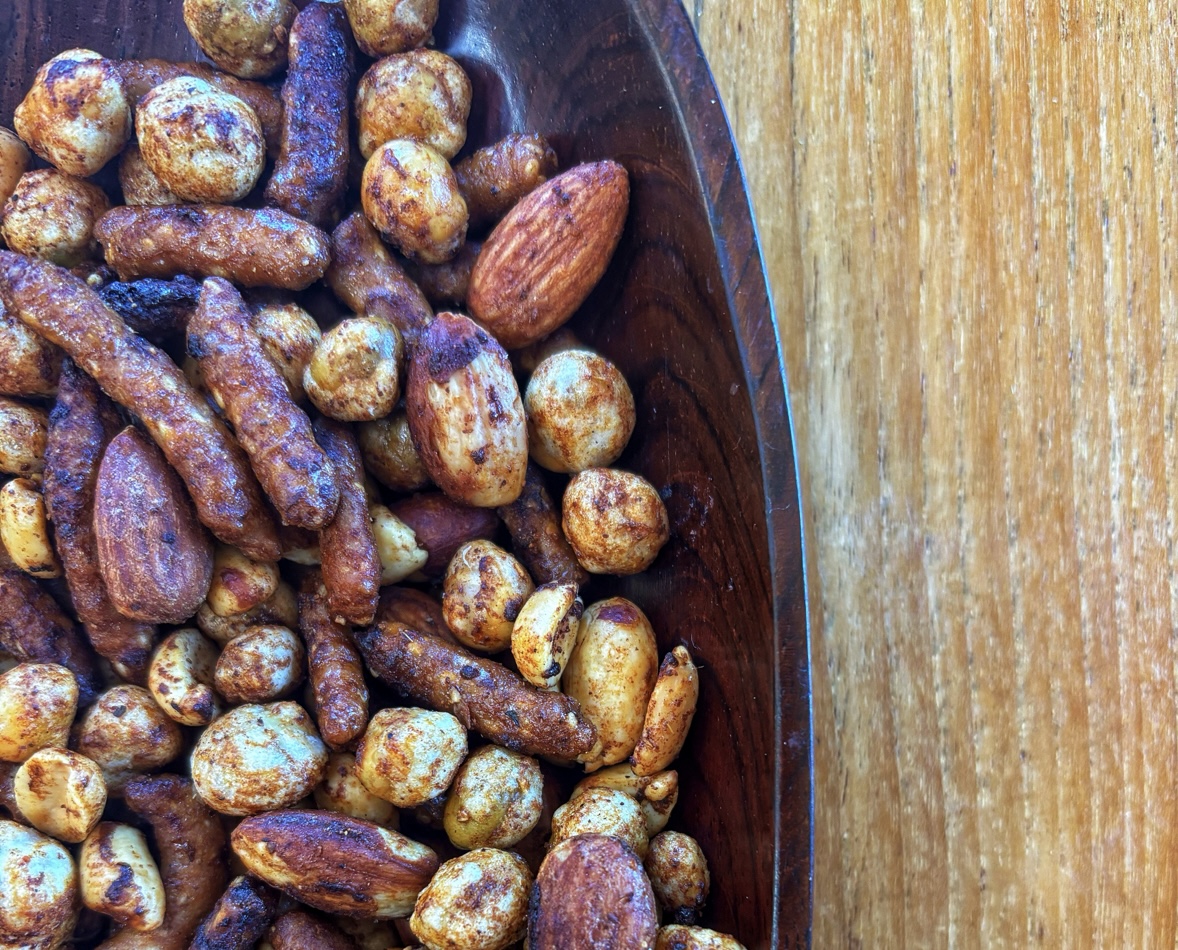Up until recently, my most favorite use for silicone has beenSilly Putty.
Today, I’d have to say I still play with silicone, but now it is in the kitchen. Sure, professional chefs have been in on the secret for ages, but my foray into silicone came only a few years ago when this industrial substance finally made its foray into the home kitchen.
Silicone is lightweight, flexible, nonstick, unbreakable, rustproof, easy to use and easy to store. Who wouldn’t like it? I’ve welcomed its functionality – and whimsical styles –into my kitchen with open arms. In the process, I’ve tried a lot. Some I’ve liked, others I could do without – but overall, I’m glad silicone is part of my kitchen.
The main benefits of silicone in the kitchen is that it is heat resistant to upwards of 600 degrees Fahrenheit and is non porous – two important attributes when it comes to the kitchen. Take the potholder as an example. Traditionally made of fabric, the potholder doesn’t always keep our hand safe from the heat, gets dirty, and needs to be replaced on a frequent basis. On the other hand, the silicone potholders (and oven mitts) are much more durable and useful. They can withstand the heat that a typical cloth potholder or oven mitt might not. As an added benefit, the silicone potholder is slip resistant and waterproof. And, if it is a coordinated kitchen look you’re going for, these potholders are available in a variety of colors.
Lamson & Goodnow’s HotSpot is flexible and easy to grasp, and come in a wide array of fun colors including transparent colors or even novelty designs such as snowflakes, snowmen or hearts.
Keep in mind that not all silicone is created equally. Its performance is dependent upon several factors such as the thickness of the silicone as well as its grade. Because silicone has become so popular, there are a lot of products out there to choose from. Some silicone products are made using bulk fillers – which is cheaper than using all silicone. They aren’t as effective, though. A quick test someone once showed me that will help determine if fillers are used is to bend it in half. If the color remains solid, then there are no fillers. But, if when you bend a red baking pan, for example, and you can see some white – then fillers are used. This is especially important with certain items such as baking pans where stick resistance and proper heat dispersion and retention are important. As for silicone baking pans, I’m not sold on the concept. I have found success with my metal pans, and I don’t want to experiment with results if I decided to use silicone baking pans. Keep in mind that the silicone baking molds don’t require greasing, and they can also be used in the freezer – (which, by the way, I like the silicone ice trays. They can be twisted and turned to make removal of ice a breeze) When using silicone for baking keep in mind that the form is floppier than a metal pan, so it will take some time to get used to placing the pan in the oven without spilling the batter.
Also, when using silicone for baking, there won’t be a browning effect – so, if that’s what you’re looking for, you might be disappointed. However if you’re frosting a cake, then the browning doesn’t really matter.
Other silicone kitchen tools that I have found indispensable include the spatula. The nonporous nature of silicone comes in handy especially when stirring tomato sauce. The silicone won’t discolor, and since it is heat resistant, you can use the silicone spatula in a pot of sauce or even to cook up scrambled eggs. As well, it won’t deteriorate when coming in contact with heat or food.
Also handy is the stainless steel kitchen tongs that have silicone on the ends. Now available from Cuisipro, the silicone is on the grabbing portion of the tongs, making them great for grabbing slippery foods – such as lasagna, and are perfect for use all the time because the silicone end keeps it from scratching the bottom of pots and pans. They are colorful too – and come in yellow, red, blue, orange and frosted tips.
Another great silicone product is thefoodloop fromFushionBrands. It is a silicone trussing tool that replaces kitchen string (or toothpicks) when cooking. I don’t use it very often, but when I need it, thefoodloop is very handy to have around, especially during the holidays.
@@page
My Sili Gourmet Measuring cups and spoons (from William Bounds Ltd.) come in very handy. They are color-coded cups and spoons that have stainless steel handles that are easy to grip (even when hands are wet). The cups and spoons are color coded so you can easily grab the correct cup/spoon size when needed. Making them even more functional is the flat bottom design so that they sit securely on the counter when filled without spilling. The cups can be used for cooking functions such as melting butter, and are ideal for measuring sticky ingredients such as peanut butter.
I still have on hand an old basting brush my great grandmother made with goose feathers. I don’t use it, but remember my mother and grandmother using them to spread melted butter all the time. Mine sits on a shelf in the kitchen and when I glance at it I cringe as to all the yuck that has accumulated on it. That’s what makes the silicone basting brushes my friends. I use the Cuisipro version, (there are many available) and it has really become the star gadget in the kitchen. I use it to spread olive oil and tomato sauce when making pasta, use it for glazing loaves of bread with egg before putting in the oven, and brushing butter on the top of delicate pastries. When I need to baste in the oven or on the grill, I turn to the 8 ½ inch long Silicone Brush fromKuhn Rikon. The non-shedding brush is heat safe to 500 degrees F and doesn’t absorb flavors. It is easy to clean in the dishwasher or by hand. Best of all, it retails for around $7.
My kitchen isn’t overly roomy, therefore bulky (an unnecessary) cookware and accessories are always an issue. The Oxo Good Grips Collapsible Colander is definitely a necessity in my kitchen. It is ideal for draining pasta and rinsing fruits and vegetables. It is also designed so it can be immersed in boiling water to quickly blanch or parboil vegetables such as broccoli, green beans, snap peas. Then, when not in use, the colander collapses to less than 2” in height – now that’s what I mean when I talk about functionality.
One other great find is the Universal Easy Lid. There is no organization to our plastic container cabinet, and it is made even worse by the fact that we allow Nicole and Grayson to open it and grab a plastic cup or bowl for snack-time. (It also serves as a mild diversion when I need to get something done in the kitchen). The Universal Easy Lid eliminates the time I spend looking for the right lid to fit a container. Now I can store a bean salad, leftovers, or whatever in a bigger bowl and plop on one off these lids. It includes a 12.5-inch, 10.5-inch, 8-inch and 6-inch size, so it fits nearly every bowl we have. It also provides a vacuum seal to melamine, glass, metal or ceramic bowls. I also use the lid as a splatter guard on the stove.
Needless to say, silicone continues to make me play. Only this time around, I’m in the kitchen.


